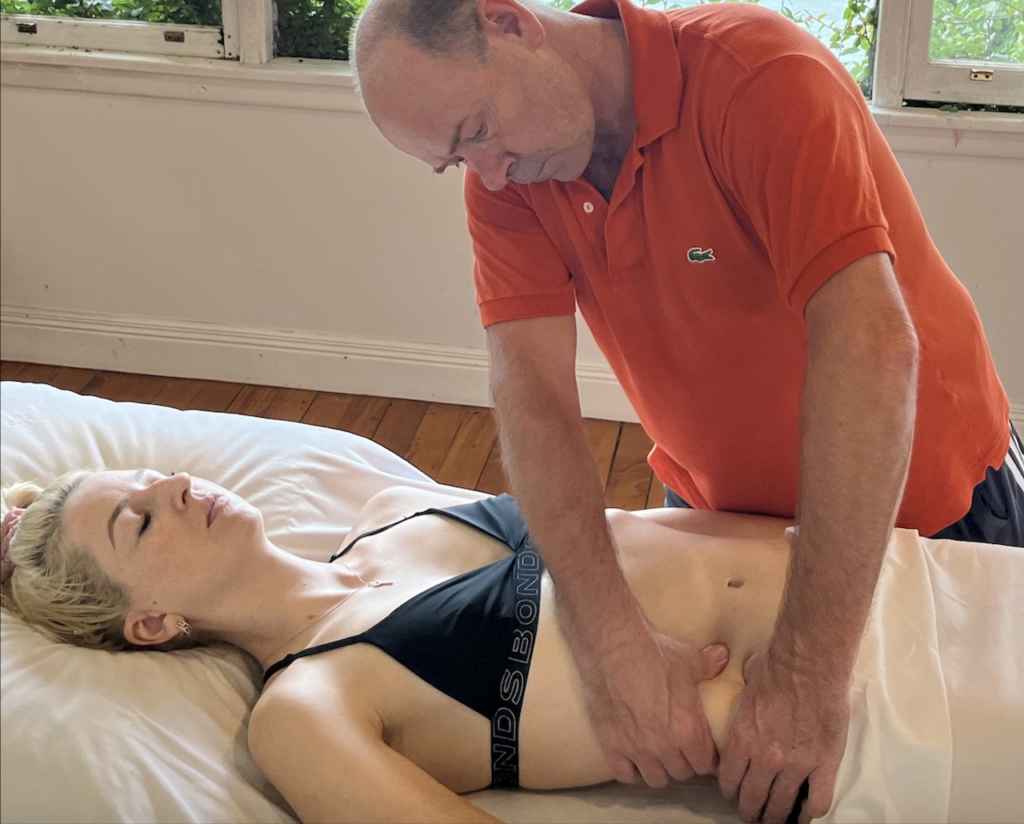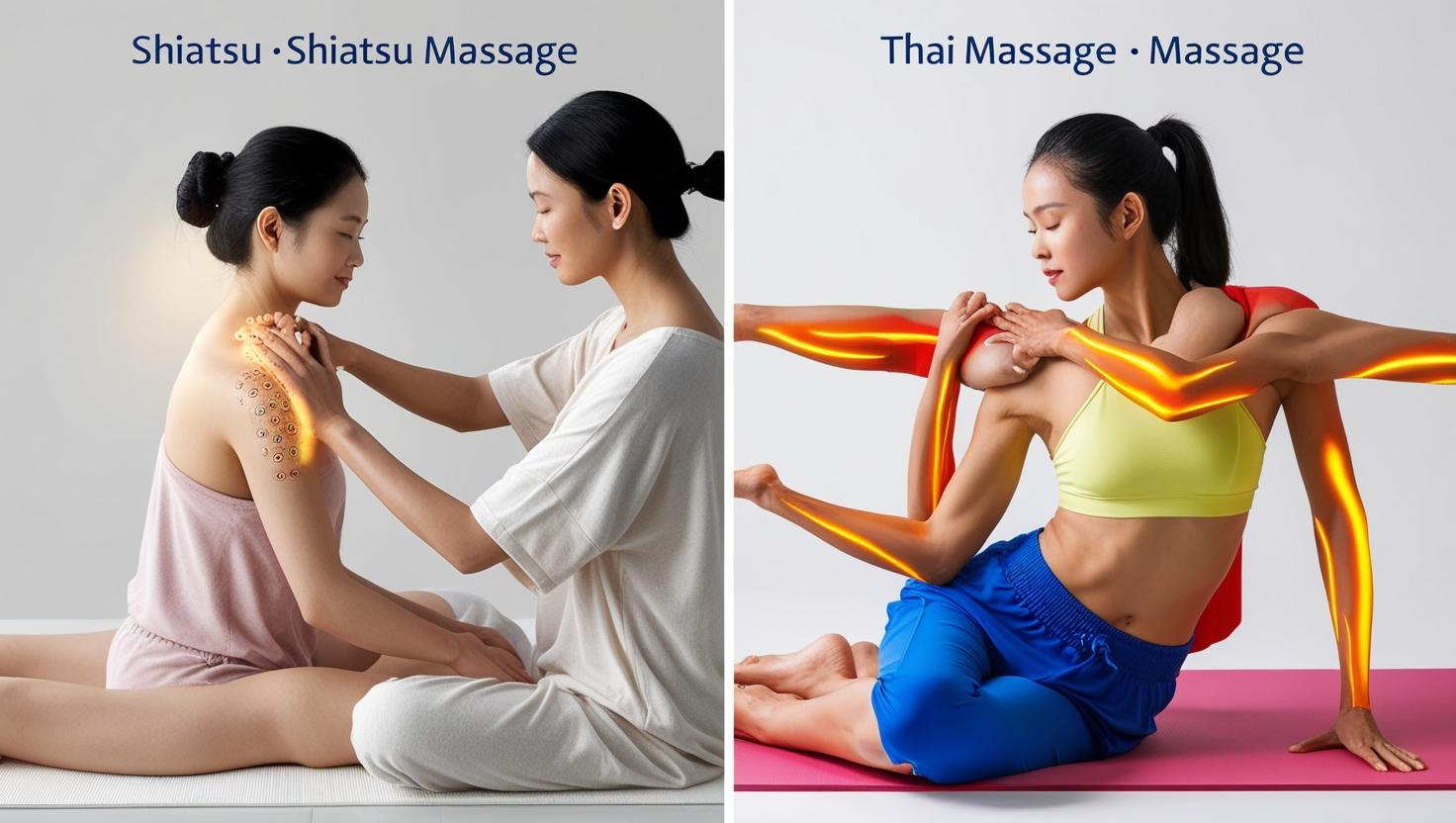
What is Massage Therapy?
Massage therapy involves soft tissues like muscles, tendons, and fascia to promote relaxation, alleviate pain, and enhance well-being. Furthermore, to truly understand its benefits, it helps to explore the history of massage therapy and its evolution over time.
Massage History
Massage therapy has deep historical roots, as evidenced by ancient civilisations like China, India, Japan, Korea, Egypt, Rome, Greece, and Mesopotamia. Additionally, these cultures each contributed unique techniques and philosophies that have shaped the practice as we know it today.
Mesopotamia - 3000 BC
The history of massage in ancient Mesopotamia, particularly in the Sumerian and Babylonian cultures, reflects a deep understanding of therapeutic practices that date back to around 3000 BC. Moreover, Mesopotamians recognized the healing benefits of massage and incorporated it into their holistic approach to health, viewing the body and spirit as interconnected. Thus, massage was not just a physical treatment but a vital part of their overall wellness philosophy.
They utilized a variety of techniques, including kneading and pressure; moreover, these were often combined with herbal remedies and rituals to enhance the therapeutic effects. In addition, physical healing was closely tied to spiritual practices, with massage typically performed in sacred spaces by priests or healers. Therefore, this early integration of massage into healthcare not only served to alleviate physical ailments but also promoted emotional and spiritual well-being. Consequently, the massage practices of ancient Mesopotamia laid foundational principles that influenced healing traditions in both the East and West, demonstrating the enduring legacy of these early civilizations in the realm of therapeutic touch.
China - 2700 BC
Chinese massage, called "Tui Na," has a rich history of over 2,500 years, rooted in Traditional Chinese Medicine (TCM). Specifically, it combines acupressure, rhythmic compression, and manual techniques to stimulate qi flow along the meridians, promoting healing and restoring harmony.
Furthermore, massage has historically been used for physical, emotional, and spiritual well-being, thereby recognizing the body-mind connection.
Egypt - 2500 BC
Egyptians used techniques like kneading and pressure with oils infused with aromatic herbs to enhance therapeutic effects. Additionally, ancient Egyptian physicians in temple schools recognized the benefits of massage alongside baths and herbal remedies. Consequently, these practices were integral to their holistic approach to health and wellness.
India - 1500 BC
Indian massage has a rich history intertwined with Ayurveda, dating back thousands of years to around 1500 BC. Moreover, today, Indian massage thrives as a vital aspect of wellness culture worldwide, promoting harmony between body and mind. As a result, it continues to be celebrated for its holistic benefits and deep cultural significance.
Greece - 762 BC
The Greeks, known for their dedication to physical fitness, integrated massage into athletes' training for the Olympic Games. Furthermore, philosophers and physicians like Hippocrates and Galen recognized massage's therapeutic benefits, advocating its use for both athletes and various ailments. Thus, massage became an essential component of their approach to health and wellness.
Persia - 550 BC
Persian massage has origins in the ancient cultures of Iran, dating back to the Achaemenid Empire (circa 550–330 BC). In addition, ancient Persian texts describe massage techniques as part of a broader wellness approach that included herbal remedies, bathing, and diet. Moreover, the use of essential oils and fragrant ointments in Persian massage emphasized the sensory experience for relaxation and healing.
Korea - 200 AD
The history of Korean massage, or "anma," is rooted in traditional Korean medicine and influenced by ancient Chinese practices. It focuses on balancing the body’s energy, or "ki," through manual manipulation for health and healing. Moreover, during the Goryeo Dynasty (918–1392), massage became an integral part of healthcare, using pressure point techniques and stretching to alleviate pain.
Japan - 600 AD
Anma, based on traditional Chinese medicine, combined methods like kneading, tapping, and stretching to enhance well-being and promote relaxation. Subsequently, in the 20th century, the practice evolved into Shiatsu. Today, Japanese massage techniques continue to thrive, celebrated for their holistic approach to healing and their deep-rooted cultural significance.
New Zealand - 1500 AD
Māori traditional healing, or "rongoā," includes massage techniques that utilize gentle manipulation and touch to promote healing and restore balance. Additionally, these methods reflect the holistic approach of Māori culture, emphasising the interconnectedness of the body, mind, and spirit.
France - 1700 AD
Louis XIV recognized the benefits of touch for his health, and prominent figures like Antoine L. F. de La Fontaine helped formalize the practice for relaxation and therapeutic purposes. As a result, this development shaped massage techniques and influenced spa culture, leading to the rise of luxurious treatment centers.
Sweden - 1900 AD
Swedish massage, widely regarded as the foundation of modern massage therapy, traces its origins to the early 19th century. Specifically, establishing strokes like effleurage (gliding), petrissage (kneading), friction, and tapotement (tapping) aimed to improve circulation, relieve stress, and promote relaxation. Consequently, these techniques have become integral to contemporary massage practices.
USA - 1900
In the late 19th century, massage gained recognition as a legitimate therapy, thanks to pioneers like Dr. George H. Taylor, who promoted Swedish massage, and Dr. Johann Mezger, who introduced key terms and techniques. Subsequently, the formation of organizations like the American Massage Therapy Association (AMTA) in the 1940s established training standards and increased acceptance in the medical field. Throughout the 20th century, massage therapy expanded to include styles like deep tissue and sports massage, thereby highlighting the connection between physical and mental health.
References
- National Center for Complementary and Integrative Health
- American Massage Therapy Association
- Mayo Clinic
- History of Massage in New Zealand
Book a Massage Today!
Ready to experience the benefits of Shiatsu or Thai massage near me? Schedule your session now and embrace the power of healing touch!
📍 Location: Level 2, 131 Queen Street, Auckland
📞 Phone: 021 936 001
📧 Email: david@davidclark.co.nz
🌐 Book Online: https://davidclark.co.nz/contact









